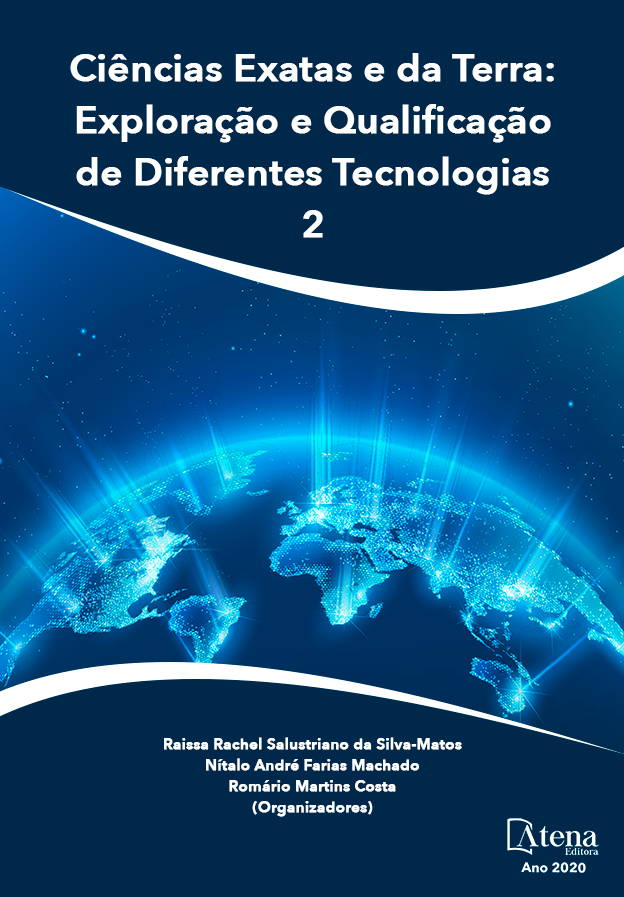
Reconstruction of Partially Detected Dark Slope Streaks from automatic extraction algorithm using Inpainting Technique
Este artigo propõe a implementação de um algoritmo que detecta automaticamente características de interesse na superfície marciana, também conhecidas como Dark Slope Streaks (DSS). A principal dificuldade enfrentada por esse tipo de algoritmo é a presença de falsos positivos causados por sombras, depressões ou desbotamento do DSS, após um período. Para evitar esses problemas, técnicas como limiar, segmentação de imagem, binarização e rotinas de filtragem personalizadas foram usadas para desenvolver um algoritmo de extração. Como resultado inicial, o algoritmo de extração obtém recursos parcialmente detectados, culminando em perda de qualidade. Assim, para remover oclusões e restaurar características perdidas, foi utilizada uma técnica de inpanting proposta na literatura. A análise experimental foi realizada utilizando uma imagem de referência criada manualmente e comparada com ambas, a imagem obtida no processo de extração e a imagem resultante do algoritmo de inpanting. Este processo foi repetido para três áreas teste. Comparando a média de similaridade estrutural (SSIM) pré-reconstrução e pós-reconstrução, o algoritmo de inpanting mostrou uma melhoria de 15,85% na qualidade. Portanto, ambos os algoritmos claramente contribuem bastante para o aumento da qualidade da extração do DSS na área de cartografia. Reconstruction of Partially Detected Dark Slope Streaks from automatic extraction algorithm using Inpainting Technique
-
DOI: 10.22533/at.ed.8562027101
-
Palavras-chave: Sensoriamento Remoto, Dark Slope Streak, Cartografia, Processamento Digital de Imagens, Inpainting.
-
Keywords: Remote Sensing, Dark Slope Streaks, Cartography, Digital Image Processing, Inpainting.
-
Abstract:
This paper proposes the implementation of an algorithm that automatically detects features of interest on Martian surface, also known as Dark Slope Streaks (DSS). The major difficulty faced by this type of algorithm is the presence of false positives caused by shadows, depressions, or fading of DSS, after a period. To avoid these problems, techniques such as thresholding, image segmentation, binarization, and customized filtering routines were used to develop an extraction algorithm. Unfortunately, the extraction algorithm obtains partially detected features, culminating in loss of quality. Thus, in order to remove occlusions and restore lost features, we have used an inpainting technique proposed in the literature. Experimental analysis was performed using a reference image manually created which was compared with both, the image obtained from the extraction process and the resulting image from inpainting algorithm. This process was repeated for three areas of interest. Comparing the mean of structural similarity (SSIM) pre-reconstruction and post-reconstruction, the inpainting algorithm showed an improvement of 15.85% in quality. Therefore, both algorithms clearly contribute greatly to the increasing quality of extraction of DSS in the area of cartography.
-
Número de páginas: 17
- ANA LUISA CHAVES FIGUEIRA
- BRENO STROGUEIA MAIA DA CRUZ
- SAMARA CALÇADO DE OLIVEIRA
- PEDRO PINA
- ERIVALDO ANTONIO DA SILVA


